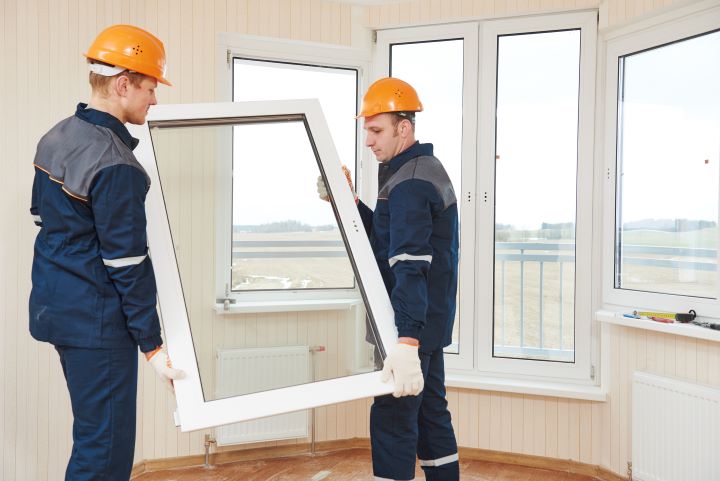Window Repair: Essential Guide for Homeowners and Building Managers
Window repair is a crucial aspect of home and building maintenance that can significantly impact energy efficiency, security, and aesthetics. Whether you're dealing with a cracked pane, foggy double-glazed units, or faulty hardware, understanding the basics of window repair can help you make informed decisions about when to attempt DIY fixes and when to call in professionals.

What are common window repair issues?
Windows are susceptible to various problems over time. Some of the most frequent issues include:
-
Cracked or broken glass: This can occur due to impacts, extreme temperature changes, or structural settling.
-
Foggy double-pane windows: Moisture trapped between the panes indicates a seal failure.
-
Drafty windows: Poor insulation or worn weatherstripping can lead to air leaks.
-
Stuck or difficult-to-operate windows: This may be caused by paint buildup, warped frames, or faulty hardware.
-
Rotting wooden frames: Moisture exposure can lead to decay in wooden window components.
Understanding these common problems can help homeowners and building managers identify issues early, potentially saving on more extensive repairs down the line.
How can you diagnose window problems?
Diagnosing window issues is the first step in effective repair. Here are some methods to identify problems:
-
Visual inspection: Look for cracks, chips, or discoloration in the glass and frame.
-
Draft test: On a windy day, hold a lit candle or incense stick near the window edges to detect air leaks.
-
Condensation check: Observe if there’s moisture between double-pane windows, indicating a seal failure.
-
Operational test: Open and close the window to check for smooth movement and proper locking.
-
Frame examination: Probe wooden frames with a screwdriver to check for soft spots indicating rot.
Regular inspections can help catch minor issues before they escalate into major problems, potentially saving time and money on repairs.
What tools are needed for basic window repair?
For those considering DIY window repairs, having the right tools on hand is essential. Some basic tools for window repair include:
-
Putty knife: For removing old glazing compound or caulk.
-
Glass cutter: Necessary for cutting replacement panes to size.
-
Glazing points: Small metal triangles that hold the glass in place.
-
Glazing compound: Used to seal the glass to the frame.
-
Caulking gun: For applying weatherstripping and sealing gaps.
-
Screwdrivers and pliers: For removing and replacing hardware.
-
Safety gear: Gloves and safety glasses to protect against glass shards.
Having these tools readily available can make simple repairs more manageable and help maintain windows in good condition.
When should you call a professional for window repair?
While some window repairs can be DIY projects, certain situations call for professional expertise:
-
Large or complex glass replacements: Handling large panes or custom-shaped windows can be dangerous without proper equipment.
-
Double-pane or gas-filled window repairs: These require specialized tools and knowledge to maintain their energy efficiency.
-
Structural issues with frames: Extensive rot or warping may require frame replacement, which is best left to professionals.
-
Historical window restoration: Older homes with original windows often need specialized restoration techniques.
-
Window balance mechanism repairs: These can be intricate and potentially dangerous if not handled correctly.
Professional window repair services can ensure that complex issues are addressed safely and effectively, often with warranties on their work.
How can you maintain windows to prevent future repairs?
Preventive maintenance is key to extending the life of your windows and reducing the need for repairs. Here are some tips:
-
Regular cleaning: Clean glass, frames, and tracks to prevent dirt buildup and catch issues early.
-
Lubrication: Apply silicone spray to tracks and moving parts annually to ensure smooth operation.
-
Weatherstripping replacement: Check and replace worn weatherstripping to maintain energy efficiency.
-
Caulk inspection: Examine and reapply exterior caulk as needed to prevent water infiltration.
-
Paint and finish upkeep: Keep wooden frames well-painted or sealed to protect against moisture damage.
By implementing these maintenance practices, homeowners and building managers can significantly reduce the frequency and cost of window repairs over time.
Window repair is an essential aspect of home and building maintenance that can preserve the integrity, efficiency, and appearance of a structure. By understanding common issues, diagnostic methods, and when to seek professional help, property owners can make informed decisions about window care. Regular maintenance and timely repairs not only enhance the functionality of windows but also contribute to the overall comfort and value of a property.






